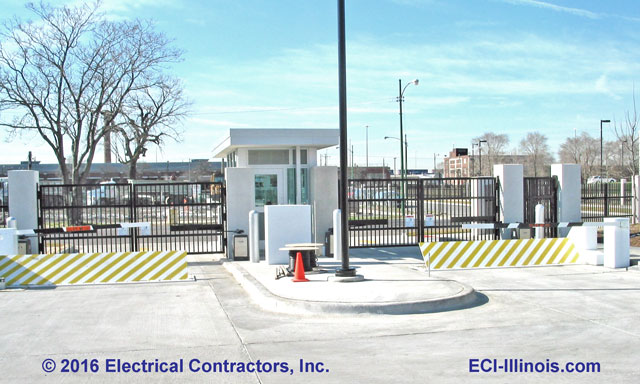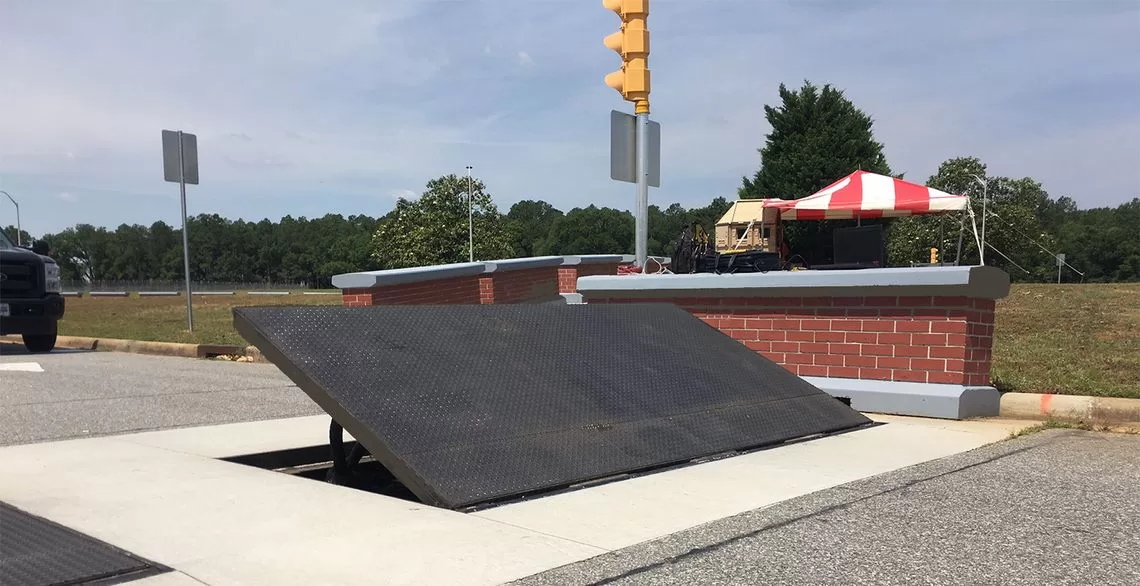The Single Strategy To Use For Wedge Barriers
Get This Report about Wedge Barriers
Table of ContentsGetting My Wedge Barriers To WorkThe Of Wedge Barriers

How Wedge Barriers can Save You Time, Stress, and Money.
The remaining force applied to
the cam web cam deploy release wedge plate 16 may might provided given an electromechanical actuator 84 or other various other. The spring setting up 54 and the actuator 84(e. Wedge Barriers. g., electromechanical actuator)might run with each other to equate the web cam and lift the wedge plate 16.
As pointed out over, the springtime assembly 54 applies a consistent pressure on the camera, while the electromechanical actuator might be managed to exert a variable pressure on the webcam, therefore making it possible for the lifting and lowering( i. e., deploying and withdrawing )of the wedge plate 16. In certain embodiments, the consistent force applied by the springtime assembly 54 might be adjustable. g., electromechanical actuator) is handicapped. As will certainly be valued, the springtime assembly 54 may be covered and safeguarded from debris or various other components by a cover plate(e. g., cover plate 68 revealed in FIG. 4) that may be considerably flush with the elevated surface area 38 of the structure 14. As discussed over, in the deployed position, the wedge plate 16 serves to obstruct gain access to or travel beyond the barrier 10. The obstacle 10(e. g., the wedge plate 16 )may block pedestrians or vehicles from accessing a building or path. As talked site link about above, the barrier 10 is attached to the support 30 protected within the foundation 14,

front braces 71. Therefore, the linkage assemblies 72 might pivot and revolve to allow the collapse and expansion of the affiliation assemblies 72 during retraction and implementation of the bather 10. The link my link settings up 72 reason movement of the wedge plate 16 to be restricted. If a lorry is traveling in the direction of the released wedge plate 16(e. For instance, in one scenario, the safety and security legs 86 may be extended duringmaintenance of the barrier 10. When the safety and security legs 86 are deployed, the security legs 86 sustain the weight of the wedge plate 16 versus the surface 12. Consequently, this article the lifting system 50 might be shut down, serviced, gotten rid of, changed, etc. FIG. 5 is partial viewpoint sight of a personification of the surface-mounted wedge-style obstacle 10, highlighting the camera 80 and the web cam surface areas 82 of the training device 50. Specifically, two camera surfaces 82, which are referred to as lower cam surfaces 83, are positioned below the webcam 80. The lower cam surfaces 83 might be repaired to the surface area 12 (e. As an example, the lower cam surfaces 83 and the installing plate 85 might form a solitary item that is protected to the anchor 30 by screws or other mechanical fasteners. Additionally, 2 web cam surface areas 82, which are described as top web cam surfaces 87, are positioned over the web cam 80 and paired to (e. In various other embodiments, stepping in layers or plates may be placed in between the surface area 12 and the lower cam surface areas 83 and/or the wedge plate 16 and the upper webcam surfaces 87 As mentioned over, the camera
80 translates along the web cam surface areas 82 when the wedge plate 16 is lifted from the pulled back position to the released setting. Additionally, as stated over, the spring setting up 54 (see FIG. 3 )may give a pressure acting on the webcam 80 in the direction 102 by means of spring pole 58, which may lower the pressure the electromechanical actuator 84 is needed to apply to the web cam 80 in order to actuate and raise the wedge plate 16. 1 )to the deployed position(see FIG. 4). As shown, the web cam 80 includes track wheels 104(e. g., rollers), which contact and equate along the web cam surfaces 82 throughout procedure.